
Entomology is the scientific study of insects, a branch of zoology. In the past the term insect was less specific, and historically the definition of entomology would also include the study of animals in other arthropod groups, such as arachnids, myriapods, and crustaceans. This wider meaning may still be encountered in informal use.
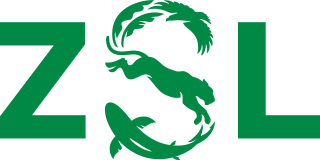
The Zoological Society of London (ZSL) is a charity devoted to the worldwide conservation of animals and their habitats. It was founded in 1826. Since 1828, it has maintained London Zoo, and since 1931 Whipsnade Zoo.
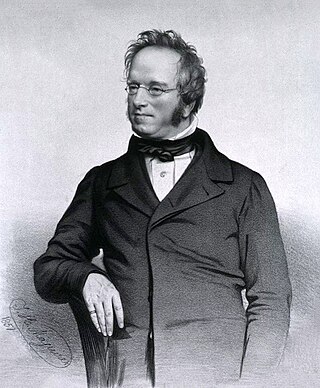
John Edward Gray, FRS was a British zoologist. He was the elder brother of zoologist George Robert Gray and son of the pharmacologist and botanist Samuel Frederick Gray (1766–1828). The standard author abbreviation J.E.Gray is used to indicate this person as the author when citing a botanical name. The same is used for a zoological name.

Lionel Walter Rothschild, 2nd Baron Rothschild, Baron de Rothschild, was a British banker, politician, zoologist and soldier, who was a member of the Rothschild family. As a Zionist leader, he was presented with the Balfour Declaration, which pledged British support for a Jewish national home in Palestine. Rothschild was the president of the Board of Deputies of British Jews from 1925 to 1926.

The Staten Island Zoo is an 8-acre (3.2 ha) urban zoo in West New Brighton, Staten Island, New York City. The zoo is open year-round except on Thanksgiving, Christmas, and New Year's Day. It has been accredited by the Association of Zoos and Aquariums (AZA) since 1988.

A menagerie is a collection of captive animals, frequently exotic, kept for display; or the place where such a collection is kept, a precursor to the modern zoo or zoological garden.

Albert Karl Ludwig Gotthilf GüntherFRS, also Albert Charles Lewis Gotthilf Günther, was a German-born British zoologist, ichthyologist, and herpetologist. Günther is ranked the second-most productive reptile taxonomist with more than 340 reptile species described.

The Museu Paraense Emílio Goeldi (MPEG) is a Brazilian research institution and museum located in the city of Belém, state of Pará, Brazil. It was founded in 1866 by Domingos Soares Ferreira Penna as the Pará Museum of Natural History and Ethnography, and was later named in honor of Swiss naturalist Émil August Goeldi, who reorganized the institution and was its director from 1894 to 1905. It is now the "main research center on natural systems and sociocultural processes of the Brazilian Amazon." The museum and zoological park are listed as protected sites by both the National Institute of Historic and Artistic Heritage (IPHAN) and the Department of Historic, Artistic and Cultural Heritage of the state of Pará.

Francis Walker was an English entomologist. He was born in Southgate, London, on 31 July 1809 and died at Wanstead, England on 5 October 1874. He was one of the most prolific authors in entomology, and stirred controversy during his later life as his publications resulted in a huge number of junior synonyms. However, his assiduous work on the collections of the British Museum had great significance.
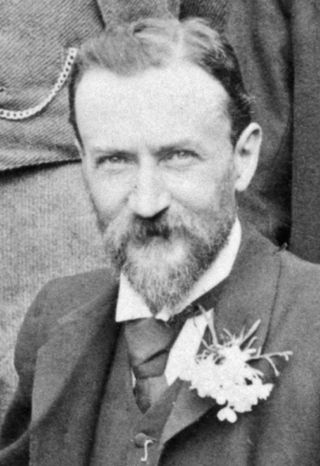
Arthur Gardiner Butler F.L.S., F.Z.S. was an English entomologist, arachnologist and ornithologist. He worked at the British Museum on the taxonomy of birds, insects, and spiders.
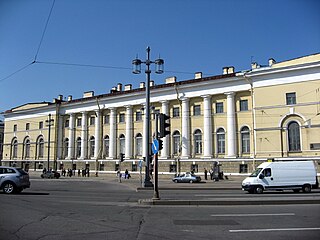
The Zoological Museum of the Zoological Institute of the Russian Academy of Sciences is a Russian museum devoted to zoology. It is located in Saint Petersburg, on Universitetskaya Embankment. It is one of the ten largest nature history museums in the world.

The Zoological Survey of India (ZSI), founded on 1 July 1916 by the Ministry of Environment, Forest and Climate Change of the Government of India as a premier Indian organisation in zoological research and studies to promote the survey, exploration and research of the fauna in the country.
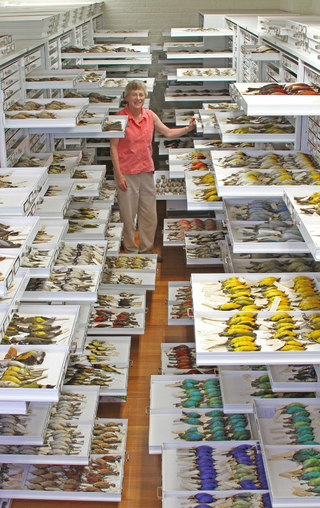
The Museum of Comparative Zoology is a zoology museum located on the grounds of Harvard University in Cambridge, Massachusetts. It is one of three natural-history research museums at Harvard, whose public face is the Harvard Museum of Natural History. Harvard MCZ's collections consist of some 21 million specimens, of which several thousand are on rotating display at the public museum. In July 2021, Gonzalo Giribet, Alexander Agassiz Professor of Zoology at Harvard and Curator of Invertebrate Zoology, was announced as the new director of the museum.
Herbert Druce, FLS was an English entomologist.

The Bavarian State Collection of Zoology or ZSM is a major German research institution for zoological systematics in Munich. It has over 20 million zoological specimens. It is one of the largest natural history collections in the world. The sections are Entomology, Invertebrates and Vertebrates. The history of the museum is outlined on the museum's home page together with a biography of Johann Baptist von Spix the first curator of zoology.

The Hungarian Natural History Museum in Budapest, dating back to 1802, houses the largest natural history collections of Hungary and the region.

The Copenhagen Zoological Museum was a separate zoological museum in Copenhagen, Denmark. It is now a part of the Natural History Museum of Denmark, which is affiliated with the University of Copenhagen. The separate museum location closed in 2022, but will reopen in 2025 in new and considerably larger buildings in the northeastern corner of the Copenhagen Botanical Garden. Although the museum will be relocated, the research and storage facilities at its old location have been maintained.

The University Museum of Zoology is a museum of the University of Cambridge and part of the research community of the Department of Zoology. The public is welcome and admission is free (2018). The Museum of Zoology is in the David Attenborough Building, formerly known as the Arup Building, on the New Museums Site, just north of Downing Street in central Cambridge, England. The building also provides a home for the Cambridge Conservation Initiative, a biodiversity project.

A zoological specimen is an animal or part of an animal preserved for scientific use. Various uses are: to verify the identity of a (species), to allow study, increase public knowledge of zoology. Zoological specimens are extremely diverse. Examples are bird and mammal study skins, mounted specimens, skeletal material, casts, pinned insects, dried material, animals preserved in liquid preservatives, and microscope slides. Natural history museums are repositories of zoological specimens

The Natural History Museum of Denmark is a natural history museum located in Copenhagen, Denmark. It was created in 2004 through the merger of Copenhagen's Zoological Museum, Geological Museum, Botanical Museum and Central Library, and Botanical Gardens. It is affiliated with the University of Copenhagen. While the Botanical Gardens and the buildings and exhibits of the Geological Museum have been maintained, the old Zoological Museum closed in 2022 and will become part of the new combined Natural History Museum complex in 2025.


















